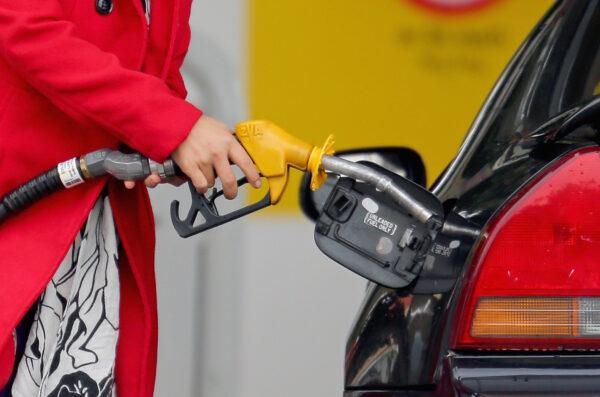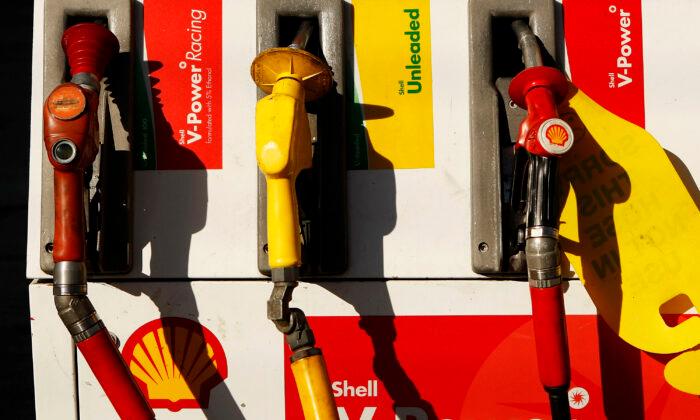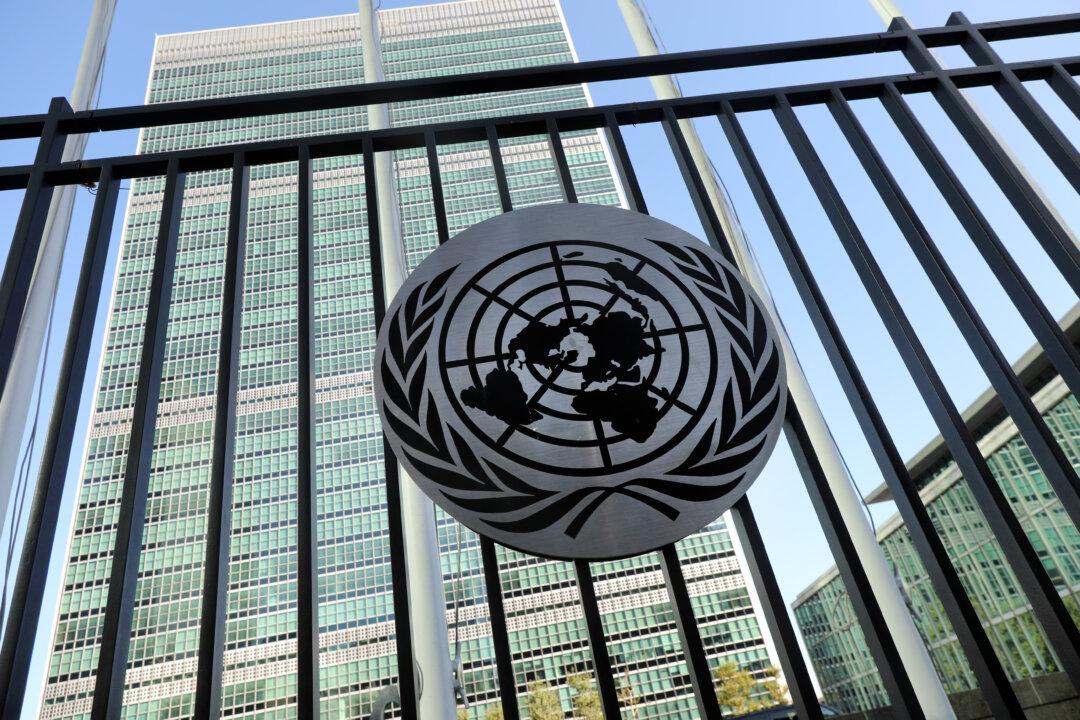Australians are feeling pain at the pump after petrol prices reached record highs in recent weeks, eliciting more calls for a slash in fuel excise tax to curb the rising cost of living.
Petrol prices in places such as the Northern Territory and Tasmania hit $1.95 per litre (US$5.41 per gallon) on average.
Independent senator Rex Patrick calls on the federal government to halve fuel excise tax to 22 cents a litre to help Australian families and small businesses, which would cost the budget $6 billion.
Treasurer Josh Frydenberg has previously refuted such calls on the grounds that the money deriving from fuel excise will directly fund infrastructure projects.
The steady increase in Australian petrol prices has been attributed to rising global oil prices, which resulted from the reopening of economies from the pandemic at the beginning, and the Ukraine-Russia war more recently.

Meanwhile, the inflation rate in Australia stood at 3.5 percent at the end of 2021, exceeding the two to three percent target of the Reserve Bank.
Some economists hold the idea that the central bank may increase the cash rate as early as June due to rising price pressures.
After the latest board meeting on March 1, Reserve Bank governor Philip Lowe indicated that the central bank would continue to stay put before raising the cash rate from a record low of 0.1 percent.
Lowe said he was committed to pushing the economy toward full employment by keeping interest rates low for the longest possible time.
However, he said that Russia’s invasion of Ukraine created significant uncertainty for the Australian economy.
In the meantime, Australian businesses in the service sector experienced robust growth in February, continuing with the momentum observed over the December-January period.
According to Ai Group chief executive Innes Willox, there were substantial growths in sales, employment and new orders in February.
He said that prices of inputs and wages rose during the month, but to a lesser degree than the manufacturing and construction sectors. Additionally, the selling prices stayed at a level that might cover part of the cost increases.
Within the service industry, retail trade and hospitality, and health and education sectors were the best performers in the month, while logistics services, personal, and business and property services sectors also experienced some improvements.





